Juniper Twig Blight Disease: Symptoms And Solutions For Twig Blight On Juniper
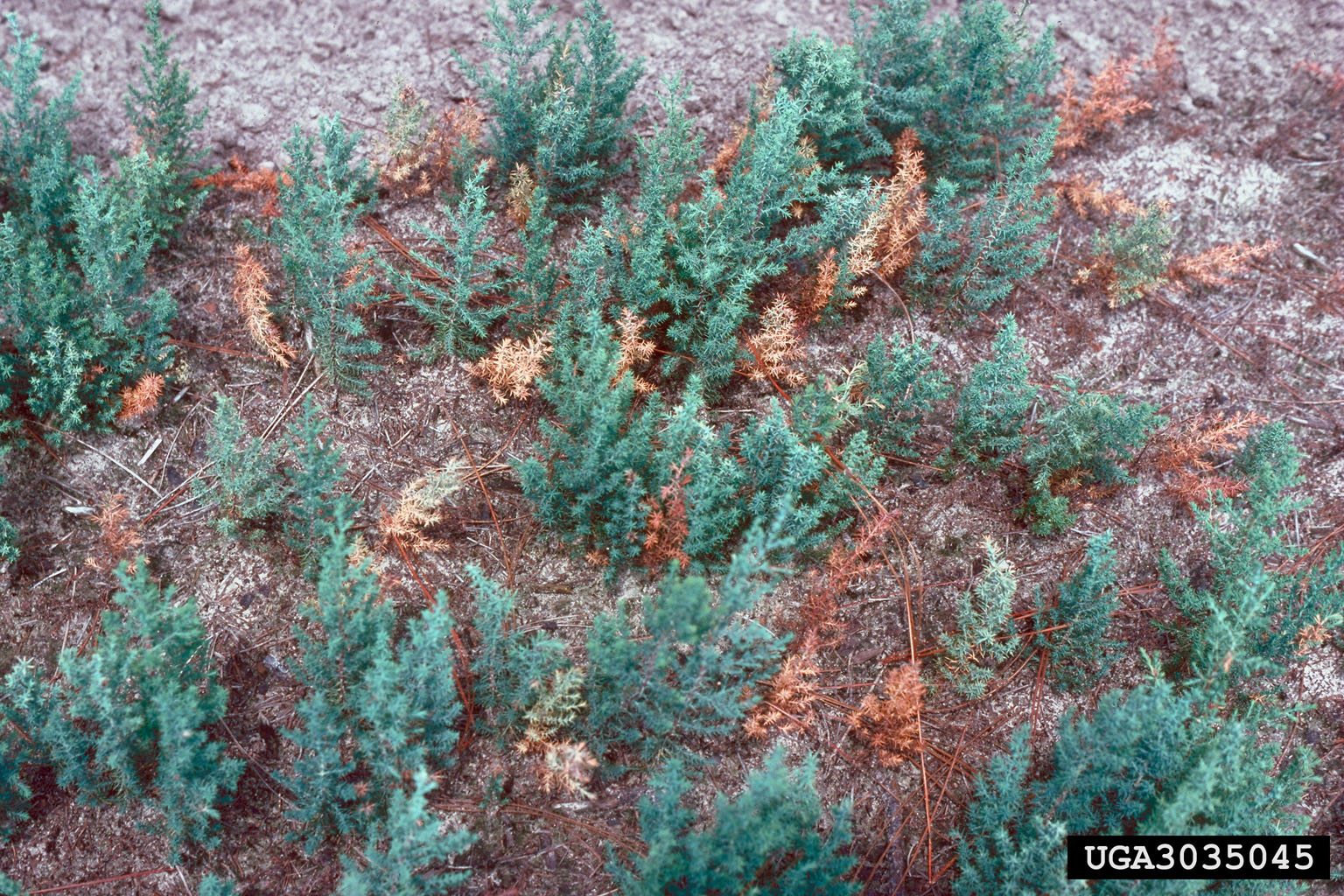

Twig blight is a fungal disease that most often occurs in early spring when leaf buds have just opened. It attacks the tender new shoots and terminal ends of plants. Phomopsis twig blight is one of the more common fungi that cause the disease in junipers. Juniper twig blight disease is a disfiguring plant problem, although annual persistent symptoms can cause severe damage to young plants.
Juniper Twig Blight Disease
Juniper twig blight can be caused by Phomopsis, Kabatina, or Scllerophoma pythiophila but the more commonly found is the Phomopsis fungus. Fungi thrive when there is adequate moisture and warm temperatures, which is why this juniper disease shows up in spring. It not only affects juniper but also arborvitae, white cedar, cypress, and false cypress.
Twig Blight Symptoms
Juniper twig blight is characterized by the dieback of the terminal growth of an afflicted evergreen plant. The foliage will turn light green, reddish brown, or even dark gray and the dead tissue will gradually creep into the central foliage of the plant. The fungi will eventually produce tiny black fruiting bodies that appear three to four weeks after infection. The new tissue is the most often infected with juniper twig blight and symptoms show up approximately two weeks later. The fungus reproduces from spores, which can be born on wind or cling to animals and clothes but are more often moved via water. During the wet spring, the fungus is most active and can be spread by splashing water, droplets carried in the air, and introduced into damaged or cut wood. Phomopsis can attack the juniper in spring, summer, and in fall. Any material that contracts the fungus in the fall will show symptoms in spring.
Phomopsis Twig Blight
Phomopsis, the most common form of juniper twig blight, can progress to girdle young branches and prevent water and nutrients from reaching the ends of the growth. It may move into main branches and cause cankers which are the open areas of tissue in woody plant material. This form of juniper twig blight will produce fruiting bodies called pycnidia that can be found at the base of dead foliage.
Juniper Twig Blight Prevention
Good twig blight control starts with good clean-up practices. Sterilization of cutting implements will also help prevent the spread of the fungus. Fungi are spread via spores that can adhere to equipment or overwinter in dropped foliage and plant material. Rake up any debris under your juniper and prune out diseased foliage tips. Sterilize the cutting implement between cuts with a ten percent bleach and water solution. Cut out infected material when the twigs are dry to minimize the spread of the fungal spores. Chemicals for the control of juniper twig blight disease must be applied before symptoms are noticed to be useful. Most common fungicides offer limited control if they are not paired with good mechanical management and prevention. Fungicide applications will have to be done throughout the season since Phomopsis can occur at any time during the growing period. Benomyl or fixed copper has shown to be useful if applied regularly and consistently.
Gardening tips, videos, info and more delivered right to your inbox!
Sign up for the Gardening Know How newsletter today and receive a free copy of our e-book "How to Grow Delicious Tomatoes".

Bonnie Grant is a professional landscaper with a Certification in Urban Gardening. She has been gardening and writing for 15 years. A former professional chef, she has a passion for edible landscaping.
-
 Looking For Plants To Give You The Soft And Fuzzies? Try These 5 Fuzzy Leaf Plant Options
Looking For Plants To Give You The Soft And Fuzzies? Try These 5 Fuzzy Leaf Plant OptionsLovers of texture, drama, silver foliage and tactile plants will adore these special sensory garden additions. These fuzzy leaf plant options will leave you all aglow
By Susan Albert
-
 Get Ready For A Summer Of Hummers! Grow These Full Sun Hummingbird Plants and Flowers
Get Ready For A Summer Of Hummers! Grow These Full Sun Hummingbird Plants and FlowersIf you’re lucky enough to enjoy a sunny backyard, make sure you are maxing out on your pollinator opportunities and grow these full sun hummingbird plants and flowers
By Tonya Barnett
-
 How To Grow A Potted Juniper: Caring For Juniper Trees In Containers
How To Grow A Potted Juniper: Caring For Juniper Trees In ContainersSmall juniper trees grow well in containers. Click here for information on how to care for potted junipers.
By Teo Spengler
-
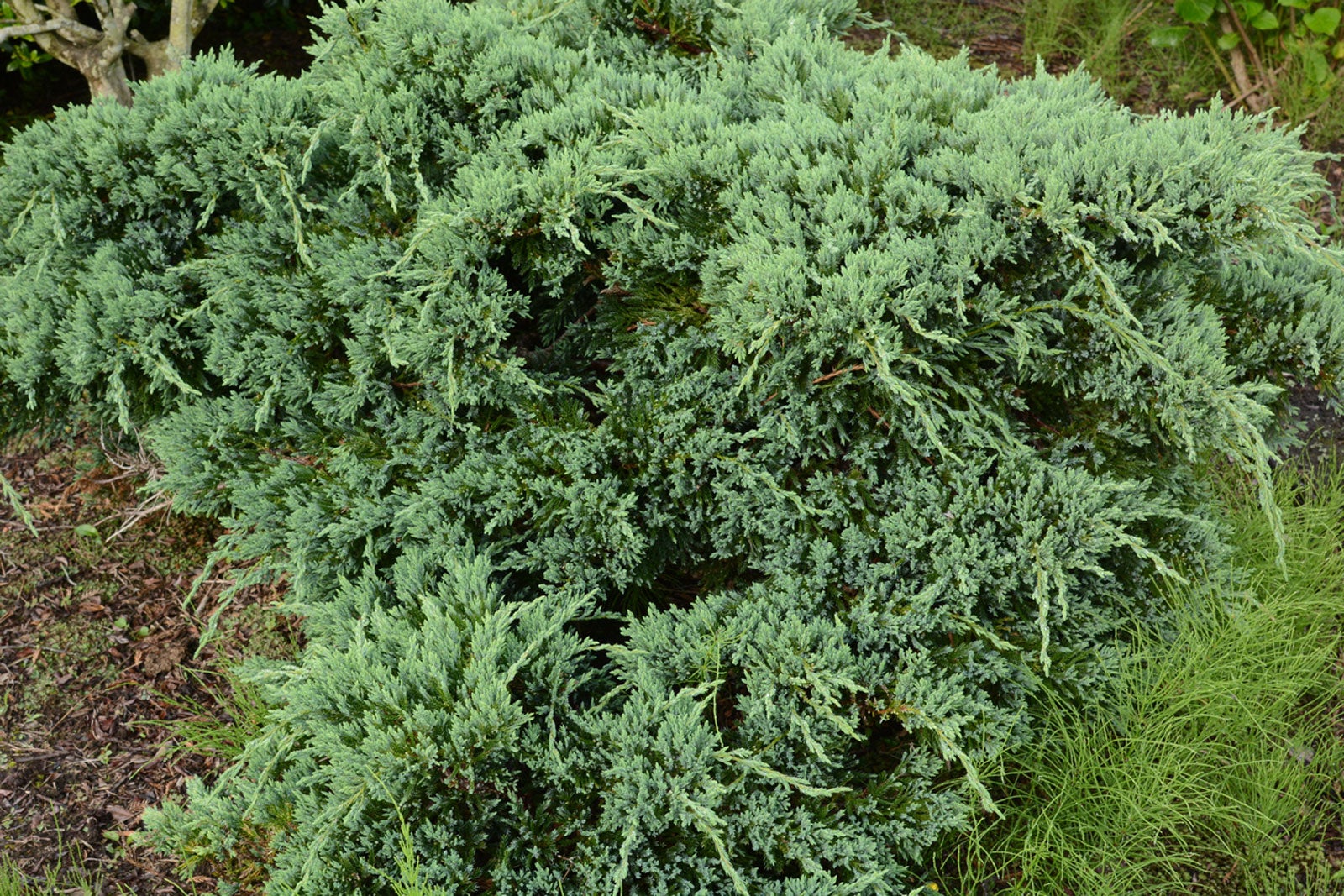 Japanese Juniper Care – How To Grow A Japanese Juniper Plant
Japanese Juniper Care – How To Grow A Japanese Juniper PlantIf you want a "set and forget" type of plant, Japanese juniper care is minimal and easy once established. For more information about this shrub of low heights and how to grow it in your garden, click the following article.
By Bonnie L. Grant
-
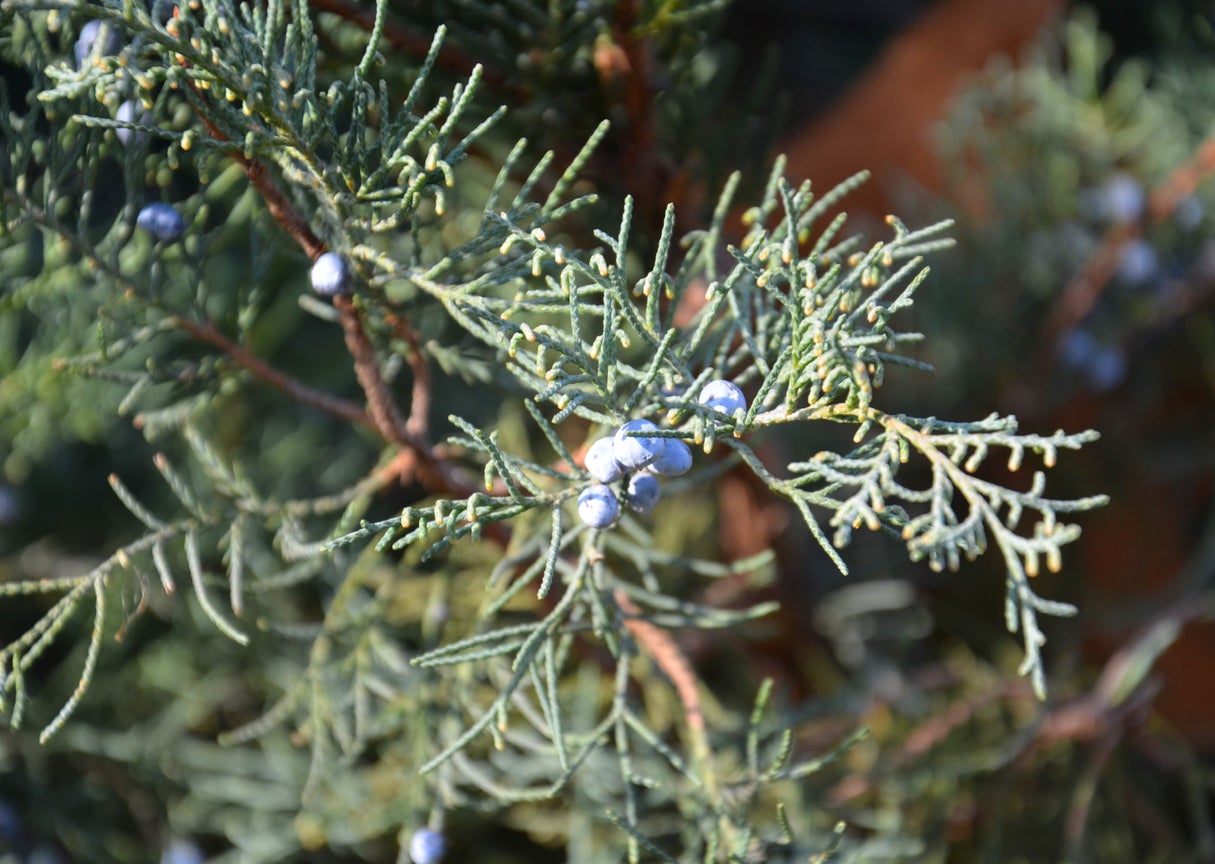 Mountain Cedar Information: Is Mountain Cedar Pollen Causing You Problems
Mountain Cedar Information: Is Mountain Cedar Pollen Causing You ProblemsMountain cedar is a tree with a common name full of contradictions. The tree is not a cedar at all, and its native range is central Texas, not known for its mountains. In fact, trees called mountain cedar are actually ashe juniper trees. Click here to learn more.
By Teo Spengler
-
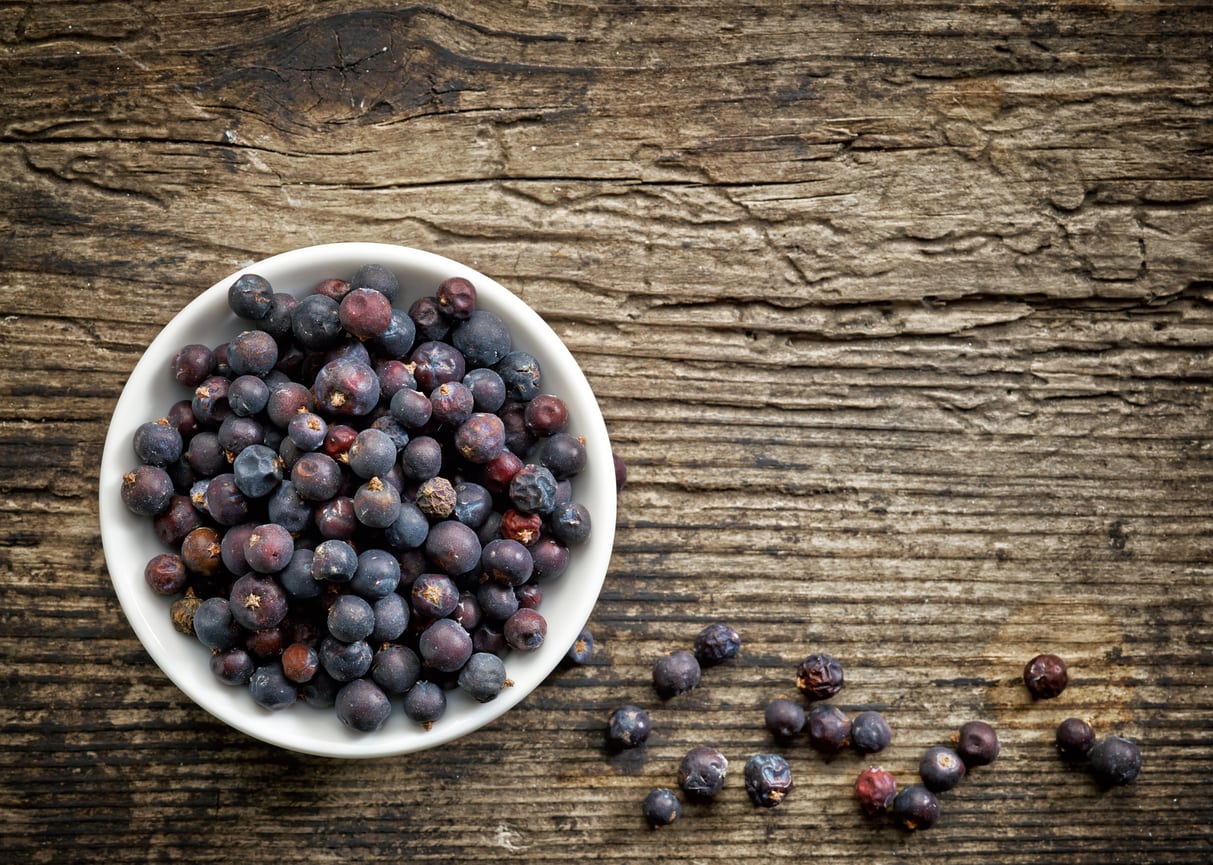 Are All Juniper Berries Edible – Is It Safe To Eat Juniper Berries
Are All Juniper Berries Edible – Is It Safe To Eat Juniper BerriesJuniper berries have been used as a strong flavoring for wine, mead, and other alcoholic beverages, as well as a spice for meats, stews, sauerkraut, and other dishes. Upon reading this, you may be wondering are all juniper berries edible? Click here for that answer.
By Darcy Larum
-
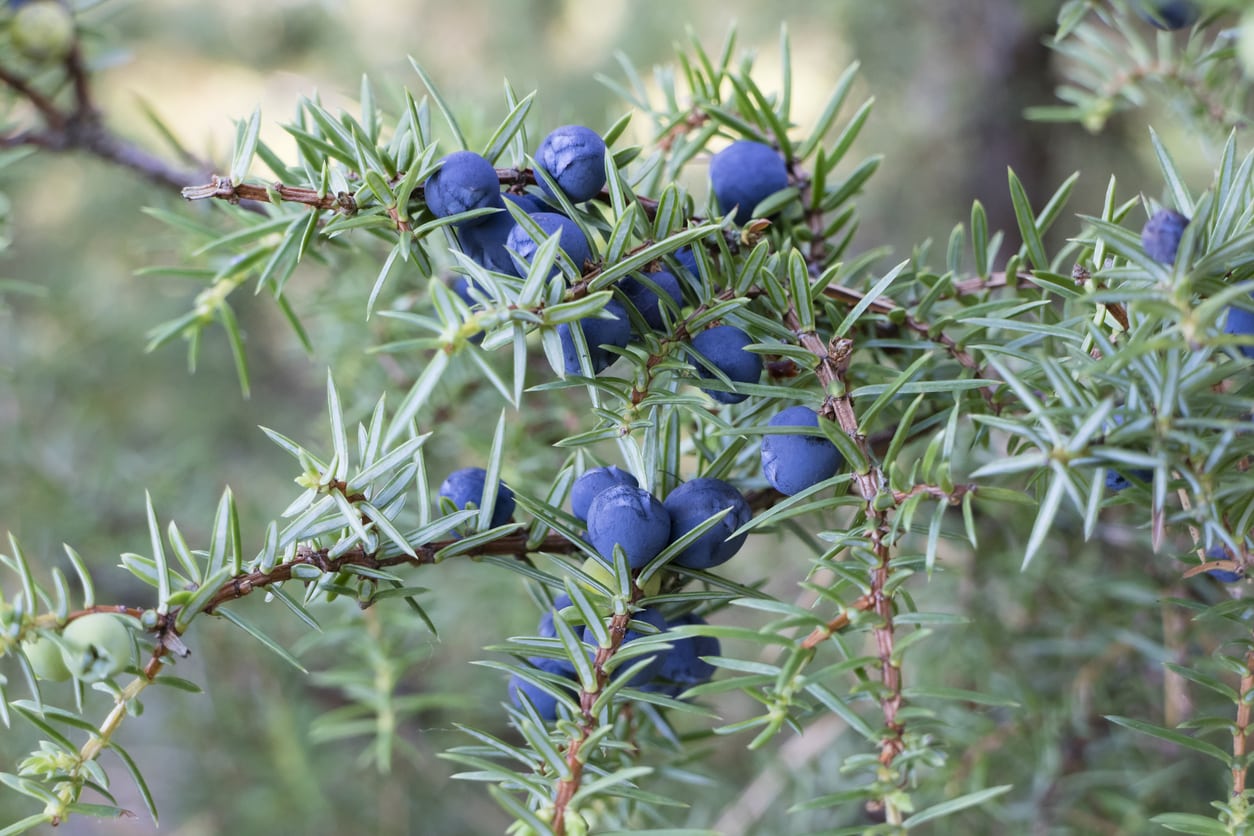 Juniper Berry Uses – What To Do With Juniper Berries
Juniper Berry Uses – What To Do With Juniper BerriesGiven that they are prolific and the fruit looks so much like a berry, the natural question is ‘can you eat juniper berries?” If so, what do you do with juniper berries? Click on the following article to find out how to use juniper berries along with some useful juniper berry recipes.
By Amy Grant
-
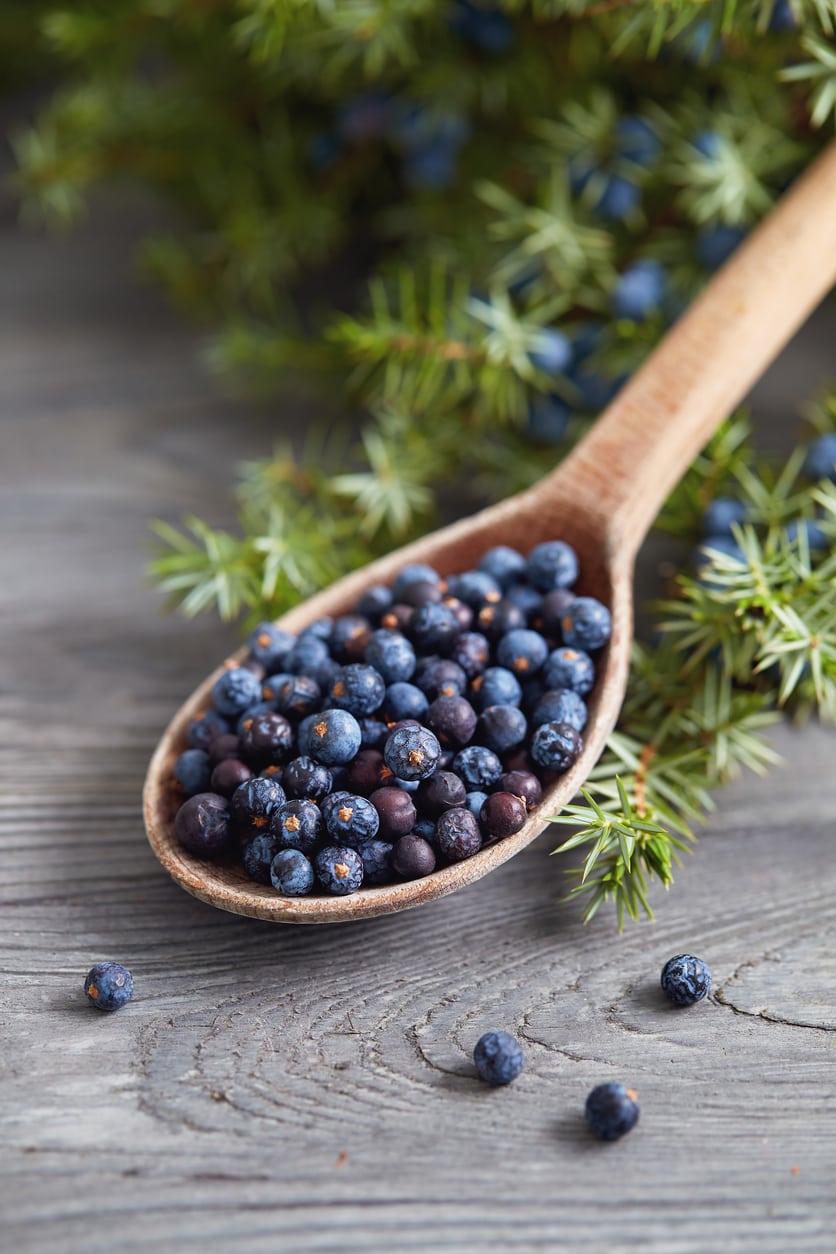 Juniper Berry Harvest Tips: How To Pick Juniper Berries
Juniper Berry Harvest Tips: How To Pick Juniper BerriesMany junipers produce berries that are toxic and inedible, but Juniperus communis berries are edible! Safe, aromatic and interesting, learn how to know which ones are safe how to harvest them.
By Bonnie L. Grant
-
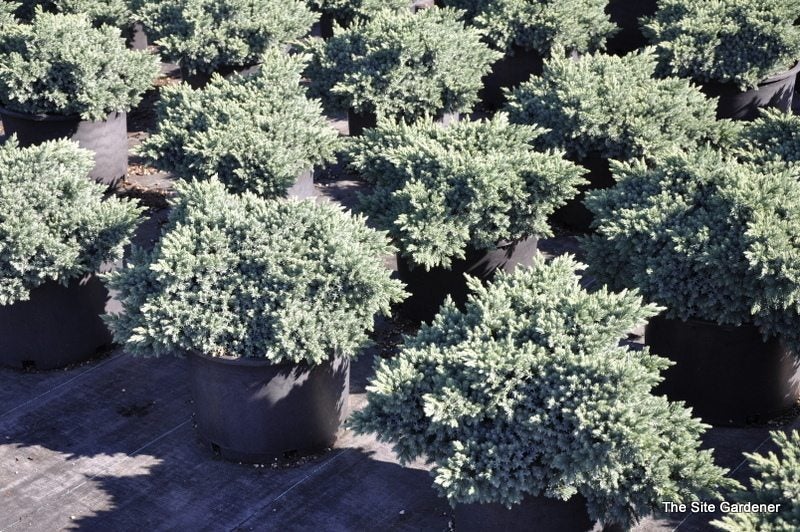 Growing Juniper ‘Blue Star’ – Learn About Blue Star Juniper Plants
Growing Juniper ‘Blue Star’ – Learn About Blue Star Juniper PlantsWith a name like "Blue Star," this juniper sounds as American as apple pie but, in fact, it is native to Afghanistan, the Himalayas, and western China. Gardeners love Blue Star for its thick, starry, blue-green foliage and its graceful rounded habit. Learn more here.
By Teo Spengler
-
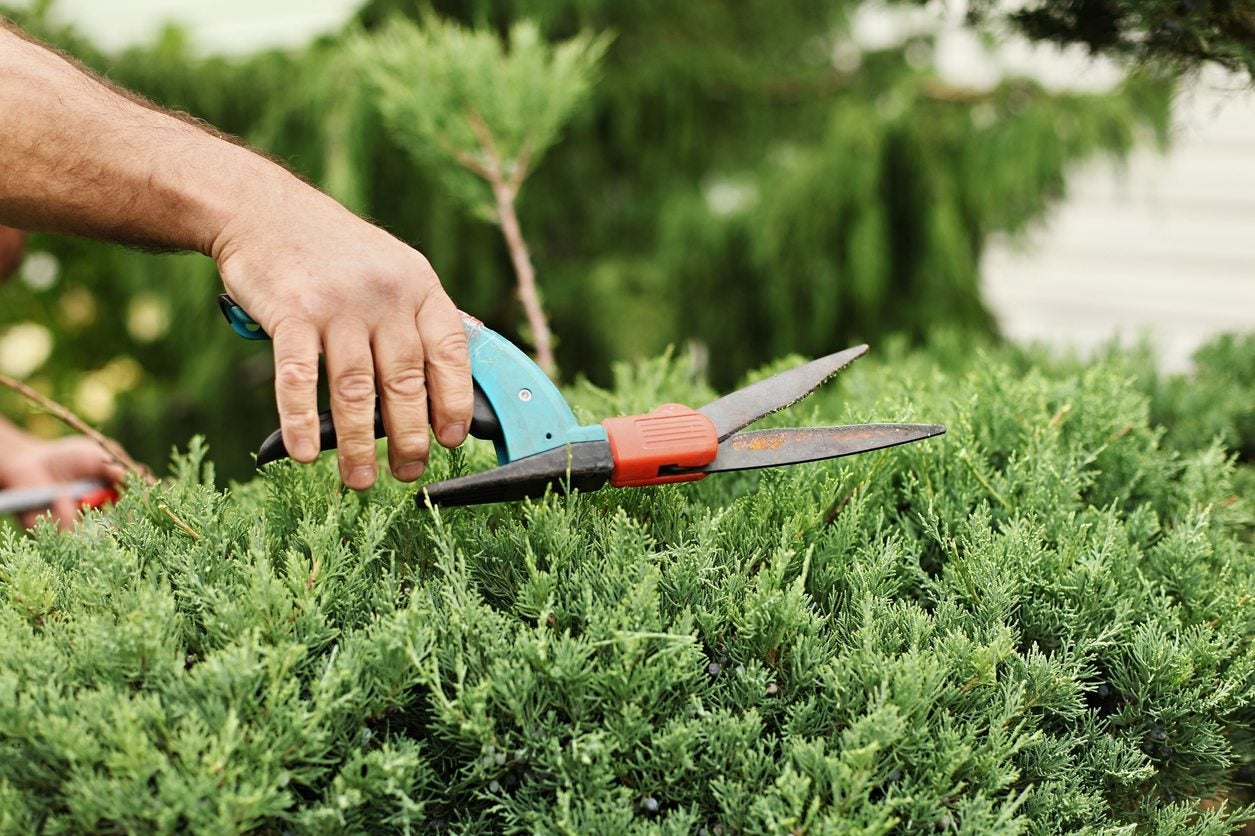 Can You Prune An Overgrown Juniper – Tips For Overgrown Juniper Pruning
Can You Prune An Overgrown Juniper – Tips For Overgrown Juniper PruningJuniper shrubs and trees are a great asset to landscaping. But sometimes, like the best things in life, they get away from us. What was once a smart shrub is now a wild, overgrown monster. So what can you do with a juniper that?s gotten out of hand? Find out here.
By Liz Baessler